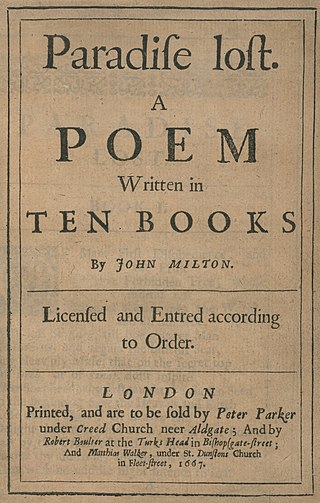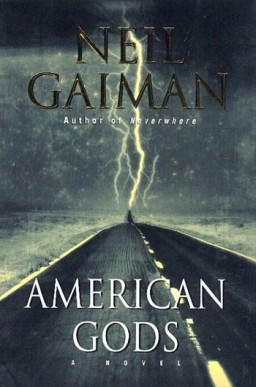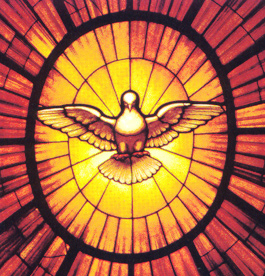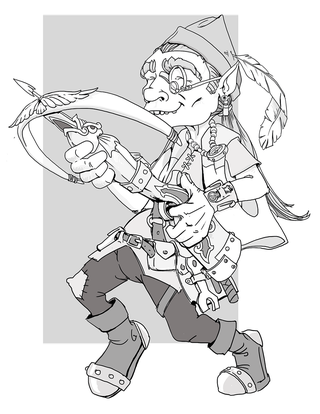
The Book of Job, or simply Job, is a book found in the Ketuvim ("Writings") section of the Hebrew Bible (Tanakh) and the first of the Poetic Books in the Old Testament of the Christian Bible. Scholars generally agree that it was written between the 7th and 4th centuries BCE. It addresses theodicy through the experiences of the eponymous protagonist. Job is a wealthy and God-fearing man with a comfortable life and a large family. God asks Satan for his opinion of Job's piety. When Satan states that Job would turn away from God if he were rendered penniless, without his family, and materially uncomfortable, God allows him to do so to prove Satan wrong.

Ecclesiastes is one of the Ketuvim ("Writings") of the Hebrew Bible and part of the Wisdom literature of the Christian Old Testament. The title commonly used in English is a Latin transliteration of the Greek translation of the Hebrew word קֹהֶלֶת. An unnamed author introduces "The words of Kohelet, son of David, king in Jerusalem" (1:1) and does not use his own voice again until the final verses (12:9–14), where he gives his own thoughts and summarises the statements of Kohelet; the main body of the text is ascribed to Kohelet himself.

The tree of life is a fundamental archetype in many of the world's mythological, religious, and philosophical traditions. It is closely related to the concept of the sacred tree. The concept of the tree of life may have originated in Central Asia, and was absorbed by other cultures, such as Scandinavian mythology and Altai shamanism.

Paradise Lost is an epic poem in blank verse by the 17th-century English poet John Milton (1608–1674). The first version, published in 1667, consists of ten books with over ten thousand lines of verse. A second edition followed in 1674, arranged into twelve books with minor revisions throughout. It is considered to be Milton's masterpiece, and it helped solidify his reputation as one of the greatest English poets of all time. The poem concerns the biblical story of the fall of man: the temptation of Adam and Eve by the fallen angel Satan and their expulsion from the Garden of Eden.

Wisdom, sapience, or sagacity is the ability to contemplate and act productively using knowledge, experience, understanding, common sense, and insight. Wisdom is associated with attributes such as unbiased judgment, compassion, experiential self-knowledge, self-transcendence, and non-attachment, and virtues such as ethics and benevolence.

In Judaism and Christianity, the tree of the knowledge of good and evil is one of two specific trees in the story of the Garden of Eden in Genesis 2–3, along with the tree of life. Alternatively, some scholars have argued that the tree of the knowledge of good and evil is just another name for the tree of life.

American Gods (2001) is a fantasy novel by British author Neil Gaiman. The novel is a blend of Americana, fantasy, and various strands of ancient and modern mythology, all centering on the mysterious and taciturn Shadow.

Forbidden fruit is a name given to the fruit growing in the Garden of Eden which God commands mankind not to eat. In the biblical story, Adam and Eve eat the fruit from the tree of the knowledge of good and evil and are exiled from Eden.
And the Lord God commanded the man, saying, Of every tree of the garden thou mayest freely eat: But of the tree of the knowledge of good and evil, thou shalt not eat of it: for in the day that thou eatest thereof thou shalt surely die.

Neil Miller Gunn was a prolific novelist, critic, and dramatist who emerged as one of the leading lights of the Scottish Renaissance of the 1920s and 1930s. With over twenty novels to his credit, Gunn was arguably the most influential Scottish fiction writer of the first half of the 20th century.

Lone Wolf is a series currently consisting of 31 gamebooks, created by Joe Dever and initially illustrated by Gary Chalk. Dever wrote the first 29 books of the series before his son Ben, with help from French author Vincent Lazzari, took over writing duty upon his father's death. The first book was published in July 1984 and the series has sold more than 12 million copies worldwide.

A Watcher is a type of biblical angel. The word occurs in both plural and singular forms in the Book of Daniel, where reference is made to the holiness of the beings. The apocryphal Books of Enoch refer to both good and bad Watchers, with a primary focus on the rebellious ones.
The Knights of Pendragon are a fictional team of heroes featuring in comic books published by Marvel Comics. The characters appeared in two series published by imprint Marvel UK between 1990 and 1993. The first incarnation was written by Dan Abnett and John Tomlinson, with art by Gary Erskine. The series featured a mixture of new and extant characters, and takes place in the shared Marvel Universe.

The seven gifts of the Holy Spirit are an enumeration of seven spiritual gifts first found in the book of Isaiah, and much commented upon by patristic authors. They are: wisdom, understanding, counsel, fortitude, knowledge, piety, and fear of the Lord.

Mark Lynas is a British author and journalist whose work is focused on environmentalism and climate change. He has written for the New Statesman, The Ecologist, Granta and Geographical magazines, and The Guardian and The Observer newspapers in the UK, as well as the New York Times and Washington Post in the United States; he also worked on and appeared in the film The Age of Stupid. He was born in Fiji, grew up in Peru, Spain and the United Kingdom and holds a degree in history and politics from the University of Edinburgh. He has published several books including Six Degrees: Our Future on a Hotter Planet (2007) and The God Species: Saving the Planet in the Age of Humans (2011). Lynas is research and climate lead for the Alliance for Science and is co-founder of the pro-science environmental network RePlanet. Since 2009 he has been climate advisor to former president of the Maldives Mohamed Nasheed, and he currently works to assist Nasheed with the Climate Vulnerable Forum, a group of the world's most climate-vulnerable 58 developing countries. He has co-authored a number of peer-reviewed scientific publications, including a 2021 paper which found that the consensus on anthropogenic climate change in the scholarly literature now exceeds 99%.

The Salmon of Knowledge is a creature in the Fenian Cycle of Irish mythology, sometimes identified with Fintan mac Bóchra, who was known as "The Wise" and was once transformed into a salmon.

Adam is the name given in Genesis 1-5 to the first human. Beyond its use as the name of the first man, adam is also used in the Bible as a pronoun, individually as "a human" and in a collective sense as "mankind". Genesis 1 tells of God's creation of the world and its creatures, including adam, meaning humankind; in Genesis 2 God forms "Adam", this time meaning a single male human, out of "the dust of the ground", places him in the Garden of Eden, and forms a woman, Eve, as his companion; in Genesis 3 Adam and Eve eat the fruit of the tree of knowledge and God condemns Adam to labour on the earth for his food and to return to it on his death; Genesis 4 deals with the birth of Adam's sons, and Genesis 5 lists his descendants from Seth to Noah.

Adam and Eve, according to the creation myth of the Abrahamic religions, were the first man and woman. They are central to the belief that humanity is in essence a single family, with everyone descended from a single pair of original ancestors. They also provide the basis for the doctrines of the fall of man and original sin that are important beliefs in Christianity, although not held in Judaism or Islam.

Young Art and Old Hector is a novel by Neil M. Gunn. It concerns itself with an 8-year-old boy "Young Art" growing up in the Scottish Highland community of Clachdrum and in episodic form, catalogues a series of adventures and occurrences in his life, often connected with his mentor figure "Old Hector", a local character and bootlegger. The same characters would be used in the following satirical, fantasy novel, The Green Isle of the Great Deep.

In the Dungeons & Dragons fantasy role-playing game, gnomes are one of the core races available for play as player characters. Some speculate that they are closely related to dwarves; however, gnomes are smaller and more tolerant of other races, nature, and of magic. Depending on the setting and subrace, they are often skilled with illusion magic or engineering. Gnomes are small humanoids, standing 3–3.5 feet (91–107 cm) tall.


















